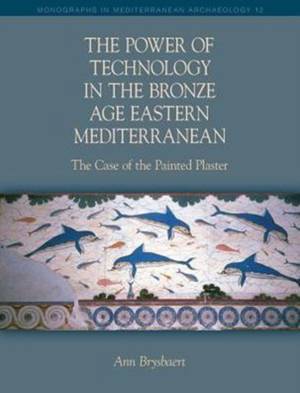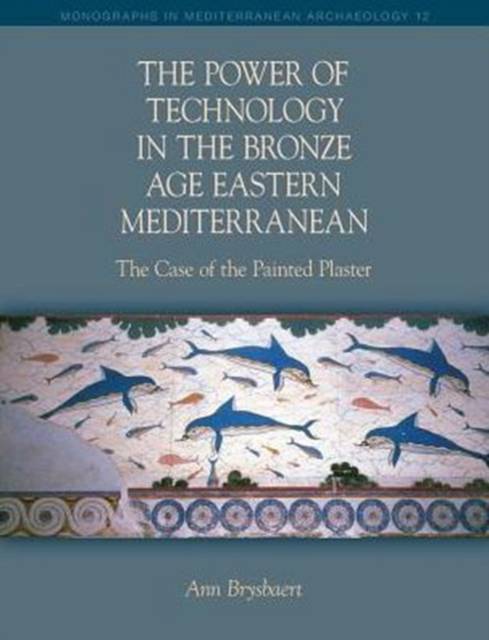
- Afhalen na 1 uur in een winkel met voorraad
- Gratis thuislevering in België vanaf € 30
- Ruim aanbod met 7 miljoen producten
- Afhalen na 1 uur in een winkel met voorraad
- Gratis thuislevering in België vanaf € 30
- Ruim aanbod met 7 miljoen producten
Zoeken
The Power of Technology in the Bronze Age Eastern Mediterranean
The Case of the Painted Plaster
Ann Brysbaert
€ 72,95
+ 145 punten
Omschrijving
In the past, Bronze Age painted plaster in the Aegean and the Eastern Mediterranean has been studied from a range of different but isolated viewpoints. This volume brings both technological and iconographic approaches closer together by completing certain gaps in the literature on technology and by investigating how and why technological transfer has developed and what broader impact this had on the wider social dynamics of the late Middle and Late Bronze Age in the eastern Mediterranean. This study approaches the topic of painted plaster by a multidisciplinary methodology and demonstrates the human forces through which transfer was enabled and how multiple social identities and the inter-relationships of these actors with each other and their material world were expressed through their craft production and organization. The investigated data from sixteen sites has been contextualized within a wider framework of Bronze Age interconnections both in time and space because studying painted plaster in the Aegean cannot be considered separate from similar traditions both in Egypt and in the Near East.
Specificaties
Betrokkenen
- Auteur(s):
- Uitgeverij:
Inhoud
- Aantal bladzijden:
- 286
- Taal:
- Engels
- Reeks:
Eigenschappen
- Productcode (EAN):
- 9781781792537
- Verschijningsdatum:
- 30/09/2015
- Uitvoering:
- Paperback
- Formaat:
- Trade paperback (VS)
- Afmetingen:
- 188 mm x 244 mm
- Gewicht:
- 703 g

Alleen bij Standaard Boekhandel
+ 145 punten op je klantenkaart van Standaard Boekhandel
Beoordelingen
We publiceren alleen reviews die voldoen aan de voorwaarden voor reviews. Bekijk onze voorwaarden voor reviews.








